It was early December and the lanky fisherman stood still in the waist-high water, silhouetted against the pale, gray morning sky.
His hands swaddled the hand-tied string cast-net loosely. He purposely and slowly moved his head back and forth. The water rippled and splashed in front of him. His arms took flight. The cast-net swished away from his body through the morning air and plopped down on the black, inky water on top of the pot of sluggish, fat mullet beneath him. His shoulders and biceps bulged as he pulled the net towards him; hand over hand he secured his catch for the prized
The water rippled and splashed in front of him. His arms took flight. The cast-net swished away from his body through the morning air and plopped down on the black, inky water on top of the pot of sluggish, fat mullet beneath him. His shoulders and biceps bulged as he pulled the net towards him; hand over hand he secured his catch for the prized
His shoulders and biceps bulged as he pulled the net towards him; hand over hand he secured his catch for the prized roe that he would bring to the market.
(This essay originally appeared in Edible Orlando Winter Issue 2010)
If you’ve ever wondered about what bottarga or mullet roe is, then here are a few facts about this unusual and often, unknown, seafood species.
(*In this article, mullet roe will refer to fresh and frozen product and bottarga will refer to dried product.)
Mullet roe, or bottarga (Boat-TAR-gah), as it’s also known, is the sac of eggs from the mullet fish. Mullet fish are a vegetarian species found in coastal temperate and tropical waters. Some mullet species are found in fresh water. The white roe is produced from the male mullet and the more desirable golden-yellow roe, is from the female. In many culinary circles, mullet roe is called, “poor man’s caviar.”
Fresh mullet roe is available for a short period of time, usually mid-December through late January when coastal waters turn cold. Then the mullet spawn, producing a small sac of roe, or fish eggs, usually about the size of a child’s hand.
Golden mullet roe, when salted, dried and cured, is called bottarga.
There are several ways to enjoy mullet roe or bottarga, but each method will depend on whether you buy it fresh, frozen or dried. Mullet roe has a mellow, nutty, briny flavor with a slight anchovy finish.
In Southern states, fresh, or frozen mullet roe is traditionally pan-fried in peanut oil. First, it’s soaked in creamy, rich buttermilk, beer or tomato juice, and then dredged lightly in cornmeal and pan sautéed to a golden brown for a few minutes. Complement fried mullet roe with hush puppies, grits, a plate of grilled vegetables and pair it with a refreshing ale like Toasted Coconut Porter or Orange Blossom Pilsner.
Bottarga can be served thinly sliced to complete an antipasto platter, lightly shaved or grated over pasta, rice or scrambled eggs to take everyday foods up a notch.
I grated bottarga on a Mediterranean-style pizza with a fried egg creating a toothsome, creamy, salty meal.
Have you tried bottarga? What do you think? Drop me a line.
You can buy fresh mullet roe during the months of Dec., Jan., and Feb. in many coastal areas. Bottarga is available in seafood shops, online and in specialty stores. Some markets may require a special order.

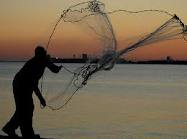
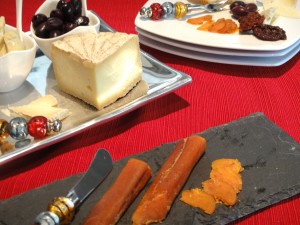

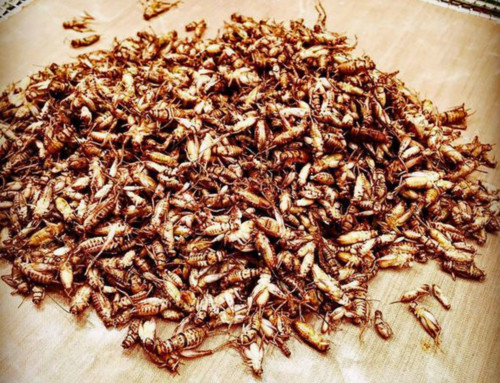
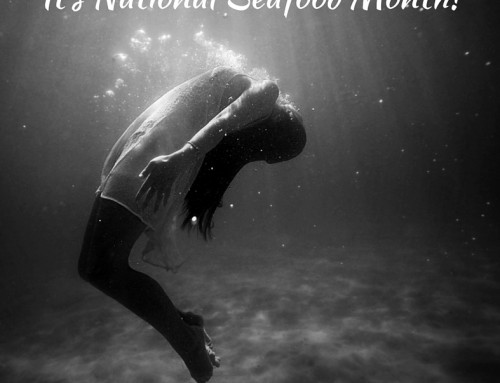



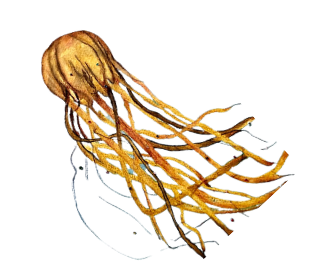

[…] the sun-dried fish roe. In 2010, I wrote about mullet and its roe in my first published article, Casting Light On Poor Man’s Caviar for Edible Orlando […]